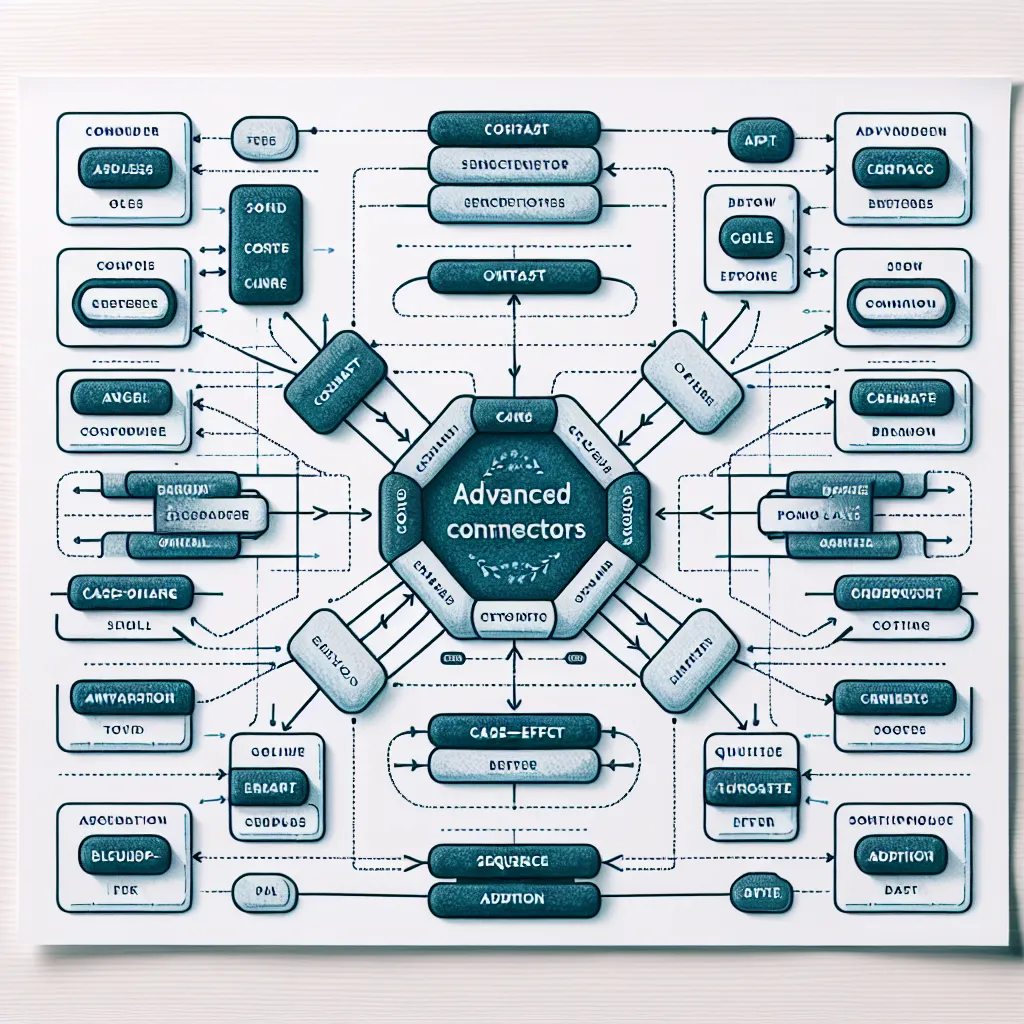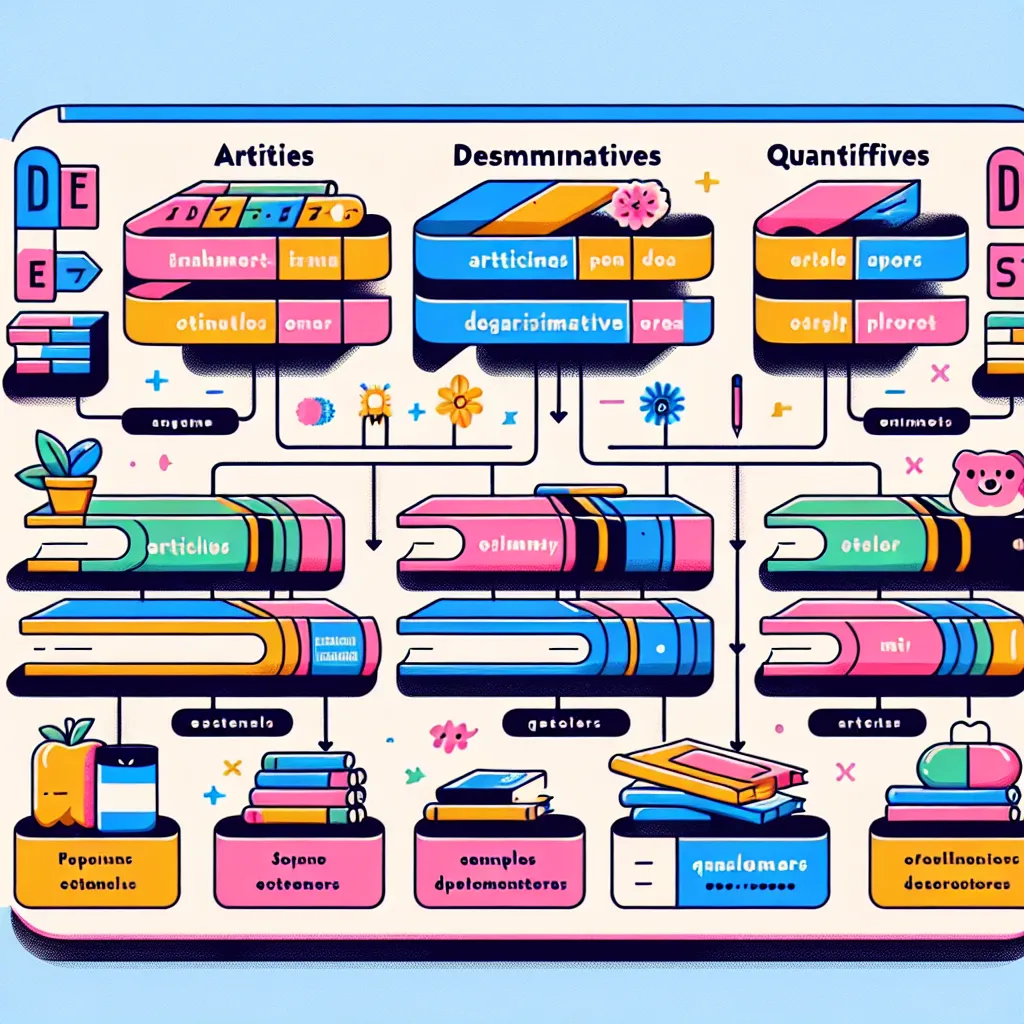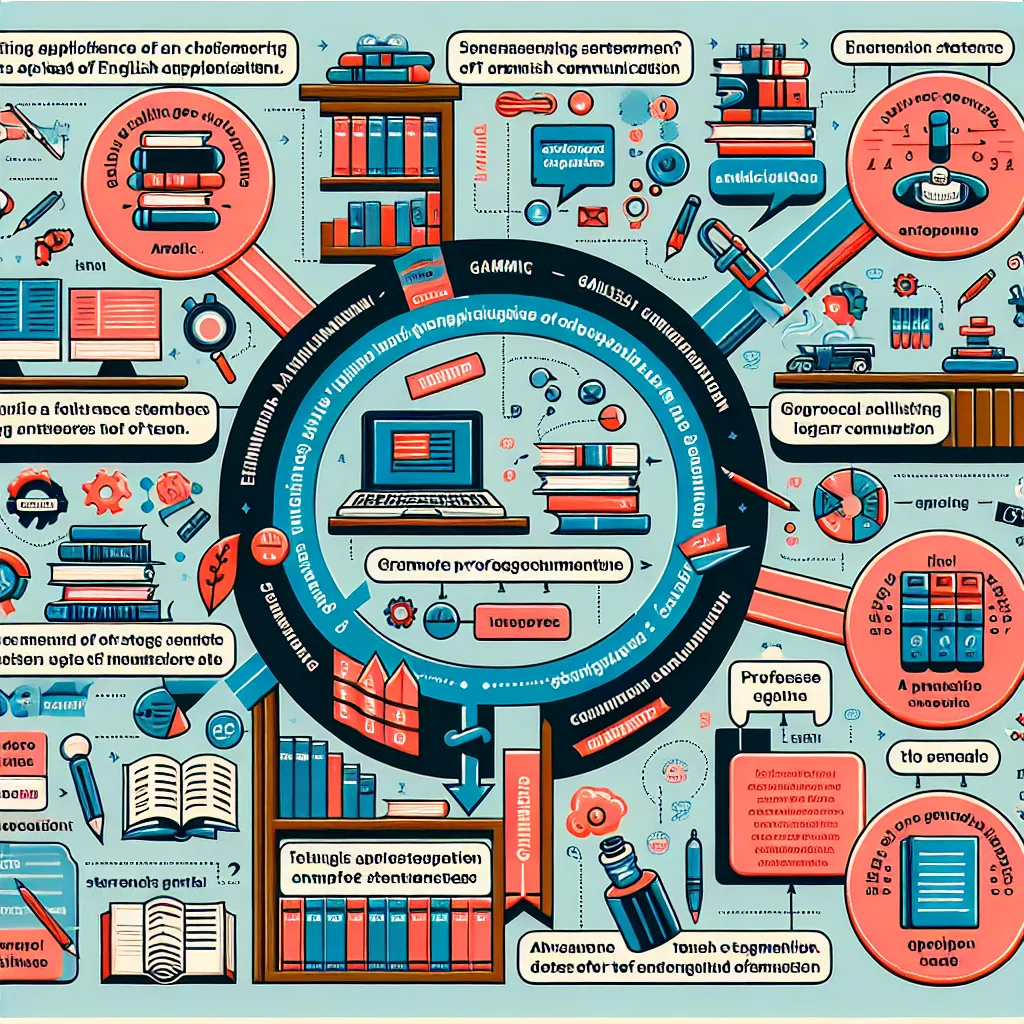Mastering advanced sentence connectors is a crucial step in elevating your English writing and speaking skills. These linguistic tools help create cohesive, sophisticated, and well-structured sentences, enhancing the overall quality of your communication. In this guide, we’ll explore the intricacies of using advanced sentence connectors effectively, providing you with valuable insights and practical examples to boost your language proficiency.
Understanding Advanced Sentence Connectors
Advanced sentence connectors, also known as transitional phrases or linking words, are essential elements that bridge ideas, clauses, or sentences. They serve to establish logical relationships between different parts of your text, making your writing more coherent and easier to follow. These connectors can express various relationships such as contrast, cause and effect, sequence, or addition.
 Advanced sentence connectors diagram
Advanced sentence connectors diagram
Why Are Advanced Sentence Connectors Important?
- Improved Coherence: They help create a smooth flow of ideas.
- Enhanced Clarity: Connectors make relationships between thoughts more explicit.
- Sophisticated Expression: They elevate the overall tone of your writing.
- Better Organization: These tools assist in structuring complex arguments.
Types of Advanced Sentence Connectors
Let’s explore some categories of advanced sentence connectors and how to use them effectively:
1. Contrast Connectors
These connectors highlight differences or unexpected outcomes.
Examples:
- Nevertheless
- However
- On the contrary
- In contrast
- Despite this
Usage: “The project was challenging. Nevertheless, the team completed it ahead of schedule.”
2. Cause and Effect Connectors
These link reasons with their consequences.
Examples:
- Consequently
- As a result
- Therefore
- Thus
- Hence
Usage: “The company invested heavily in research and development. Consequently, they launched three innovative products this year.”
3. Sequence Connectors
Use these to order events or ideas chronologically or logically.
Examples:
- Subsequently
- Initially
- Finally
- Meanwhile
- Simultaneously
Usage: “Initially, we planned a small gathering. Subsequently, the guest list grew, and finally, it became a large celebration.”
4. Addition Connectors
These connectors introduce additional information or examples.
Examples:
- Furthermore
- Moreover
- In addition
- Additionally
- What’s more
Usage: “The new policy aims to reduce carbon emissions. Furthermore, it promotes sustainable energy practices.”
Strategies for Mastering Advanced Sentence Connectors
To effectively incorporate these connectors into your English, consider the following strategies:
-
Context-Aware Usage: Understand the nuances of each connector and use them in appropriate contexts.
-
Variety is Key: Avoid overusing the same connectors. Diversify your choices to maintain reader interest.
-
Practice with Real Texts: Analyze how these connectors are used in academic papers, news articles, or literature.
-
Create Your Own Examples: Generate sentences using different connectors to reinforce your understanding.
-
Peer Review: Exchange your writing with others and discuss the use of connectors.
For more in-depth strategies, you might find our article on strategies for mastering English sentence connectors helpful.
Common Pitfalls and How to Avoid Them
When using advanced sentence connectors, be aware of these common mistakes:
-
Overuse: Don’t use connectors in every sentence. It can make your writing feel forced.
-
Misuse: Ensure you understand the exact meaning of each connector. For instance, “however” and “nevertheless” are not always interchangeable.
-
Punctuation Errors: Pay attention to correct punctuation. For example: “However, the results were inconclusive.” (Note the comma after “However”)
-
Redundancy: Avoid using multiple connectors that express the same relationship. For example, don’t say “But however, the outcome was different.”
To further improve your understanding and avoid these pitfalls, you might want to check out our article on how to improve understanding of sentence connectors.
Practical Exercises to Enhance Your Skills
To solidify your grasp on advanced sentence connectors, try these exercises:
-
Gap-Fill Exercise: Create sentences with blanks where connectors should go, then fill them in.
-
Rewriting Task: Take a simple paragraph and rewrite it using advanced connectors to make it more sophisticated.
-
Connector Categorization: List various connectors and categorize them by their function (contrast, addition, etc.).
-
Text Analysis: Read academic papers or news articles and highlight the advanced connectors used.
-
Writing Challenge: Write a short essay on a topic, challenging yourself to use at least 10 different advanced connectors correctly.
Next Steps in Your Learning Journey
Now that you’ve gained insights into using advanced sentence connectors, consider these next steps:
-
Incorporate these connectors into your daily writing and speaking.
-
Seek feedback from native speakers or English teachers on your usage.
-
Explore more complex grammatical structures that often accompany these connectors.
-
Practice with timed writing exercises to improve your fluency with these constructions.
For additional resources on improving your grammar skills, especially in formal writing contexts, you might find our guide on how to improve grammar when writing reports valuable.
Conclusion
Mastering advanced sentence connectors is a significant step towards achieving fluency and sophistication in English. By understanding their functions, practicing their usage, and being mindful of common pitfalls, you can greatly enhance the quality of your written and spoken English. Remember, consistent practice and exposure to varied English texts are key to internalizing these linguistic tools. Keep challenging yourself, and you’ll soon find these advanced connectors becoming a natural part of your English expression.
We encourage you to share your experiences with using advanced sentence connectors in the comments below. How have they improved your English? What challenges have you faced? Your insights could be invaluable to other learners on the same journey.




